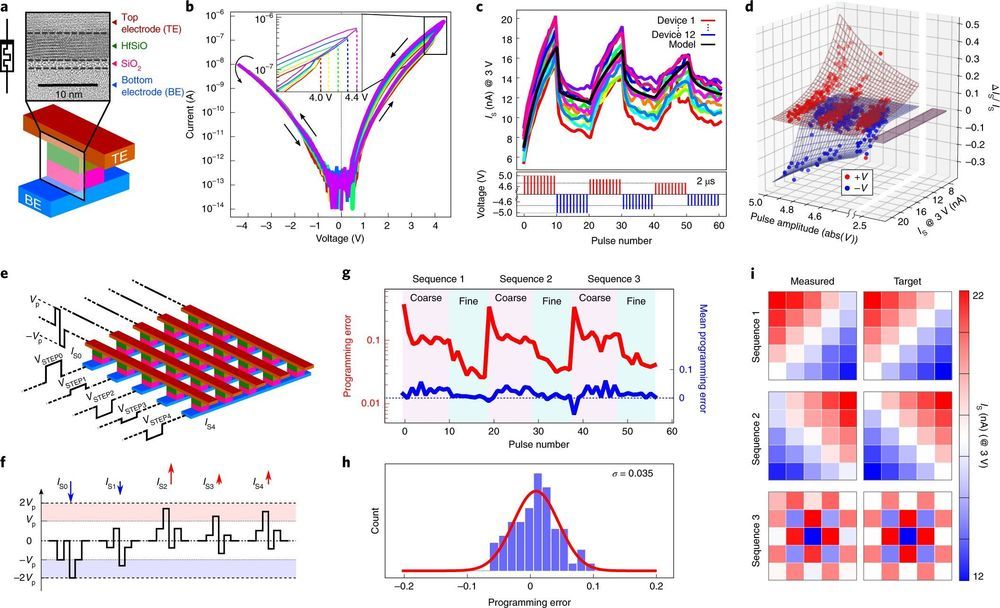In 2019, the price of Bitcoin surged from $3,150 to $14,000 when the inflow of BTC into exchanges plunged, and it just happened again.



Not all viruses set out to cause widespread death and sickness — some have the potential to fight cancer, according to new research.
Researchers from Hokkaido University in Japan have genetically engineered adenoviruses, which is a family of viruses that cause mild symptoms, to replicate inside cancer cells and kill them, according to a new paper in the journal Cancers.
To do this, Fumihiro Higashino, a molecular oncologist, and his team inserted adenylate-uridylate-rich elements (AREs) from two human genes — a stabilizing element found in a type of macromolecule present in all biological cells — into two strains of the virus to help specifically attack cancer cells.



Make no small plans. That seems to be the logic among the leaders of Algeria.
For some perspective, I just wrote about the corporate behemoth Amazon, which hopes to get to 100% renewable electricity by 2025 (firm target of 2030) and has a whopping total of 31 utility-scale wind and solar power plants built or planned that add up to 2,900 MW of total power capacity. That’s 2.3 gigawatts (GW). Algeria is talking about building 4 gigawatts of solar power capacity in 5 years. That’s a pretty stunning target.
Algeria does have a population of 44 million, making it the 32nd most populous country in the world. It also has ample sunshine. Nonetheless, 4 GW means increasing the country’s solar power capacity 10 times over, and that solar power capacity hasn’t changed much in the past 3 years.

Researchers at Toshiba Corporate R&D Center and Kioxia Corporation in Japan have recently carried out a study exploring the feasibility of using nonlinear ferroelectric tunnel junction (FTJ) memristors to perform low-power linear computations. Their paper, published in Nature Electronics, could inform the development of hardware that can efficiently run artificial intelligence (AI) applications, such as artificial neural networks.
“We all know that AI is slowly becoming an important part of many business operations and consumers’ lives,” Radu Berdan, one of the researchers who carried out the study, told TechXplore. “Our team’s long-term objective is to develop more efficient hardware in order to run these very data-intensive AI applications, especially neural networks. Using our expertise in novel memory development, we are targeting (among others) memristor-based in-memory computing, which can alleviate some of the efficiency constraints of traditional computing systems.”
Memristors are non-volatile electrical components used to enhance the memory of computer systems. These programmable resistors can be packed neatly into small but computationally powerful crossbar arrays that can be used to compute the core operations of artificial neural networks, acting as a memory and reducing their access to external data, thus ultimately enhancing their energy efficiency.

The existence of a planet the size of Earth around the closest star to the Sun, Proxima Centauri, has been confirmed by an international team of scientists including researchers from the University of Geneva (UNIGE). The results, published in Astronomy & Astrophysics, reveal that the planet in question, Proxima b, has a mass of 1.17 Earth masses and is located in the habitable zone of its star, which it orbits in 11.2 days.
This breakthrough was possible thanks to radial velocity measurements of unprecedented precision using ESPRESSO, the Swiss-manufactured spectrograph, the most accurate currently in operation, which is installed on the Very Large Telescope in Chile. Proxima b was first detected four years ago by means of an older spectrograph, HARPS, also developed by the Geneva-based team, which measured a low disturbance in the star’s speed, suggesting the presence of a companion.
The ESPRESSO spectrograph has performed radial velocity measurements on the star Proxima Centauri, which is only 4.2 light-years from the sun, with an accuracy of 30 centimetres a second (cm/s), about three times more precision than that obtained with HARPS, the same type of instrument but from the previous generation.

Are you up for the challenge?
Venus is an EXTREME world, and we’re calling on YOU to help us explore it! NASA Jet Propulsion Laboratory is running a public challenge to develop an obstacle avoidance sensor for a possible future Venus rover: https://go.nasa.gov/36Cj5QE
🏆 1st place prize: $15,000.
